The act of taking photos has become an inseparable part of our lives. The times when it was so comfortable to record a moment with a single flick of our finger were perhaps just a dream until the near future.
Since the first photo was taken photography technology It has continually evolved and continues to evolve. With today’s technology, it is possible to take hundreds or even thousands of photos in seconds. But in the past, of course, everything was very different.
History of photography, humanity dark and light It goes back to the periods when he tried to understand its features.
It all started with the discovery of the dark room. So what is a dark room?
In English pinhole and photography camera obscura so-called darkroom/boxis the first known state of the camera.
In a room that is sealed from light A small hole is opened. The light reflected from the object opposite the hole passes through the small hole and is reflected on the opposite surface in the room.
The history of the dark room 4th century BC extends to.
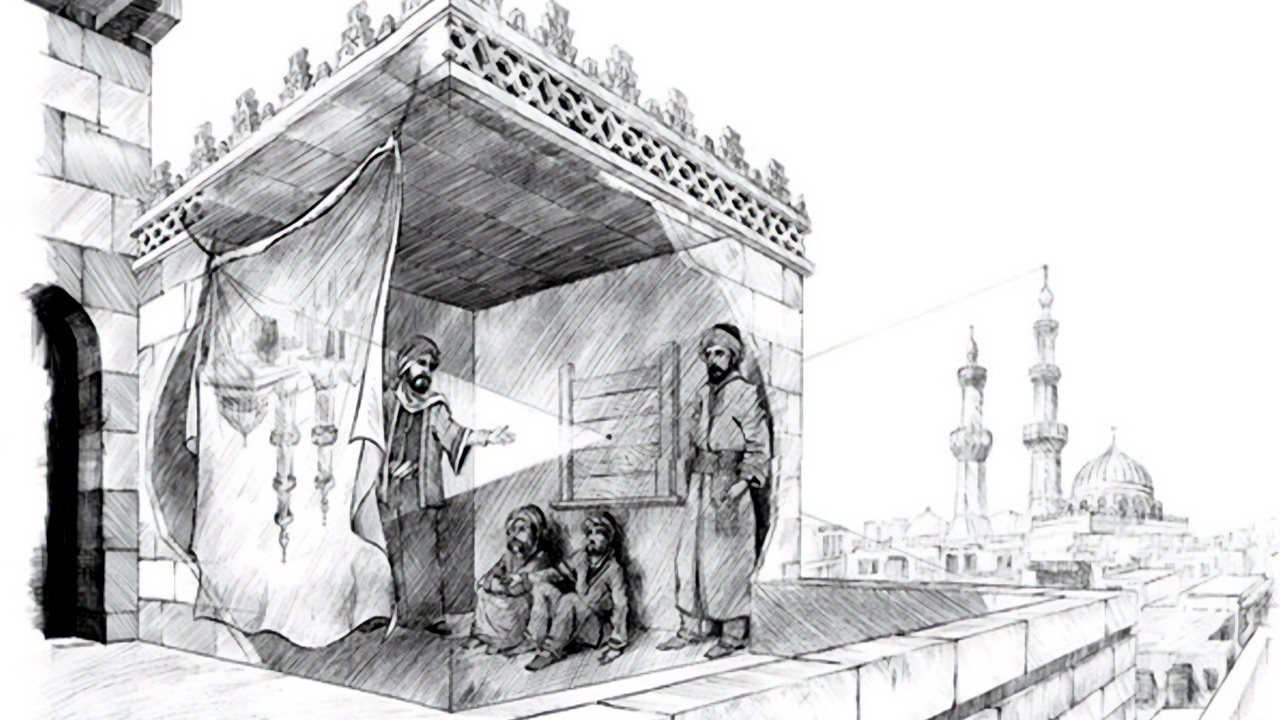
Chinese philosopher Mozi Although he gave the description of the dark room, the scholars who came after did not put this view into practice.
The person who took the first serious step towards this view was Ibn al-Haytham. “ancestor of modern opticsKnown as “, Ibn al-Haytham tried this technique practically and succeeded in viewing the reflections of objects in the dark room.
Over the past centuries, scientists and scholars have argued that the light and dark room principles they understood and enabled it to develop by adding new ideas to it.
The first photograph was taken in the 19th century.
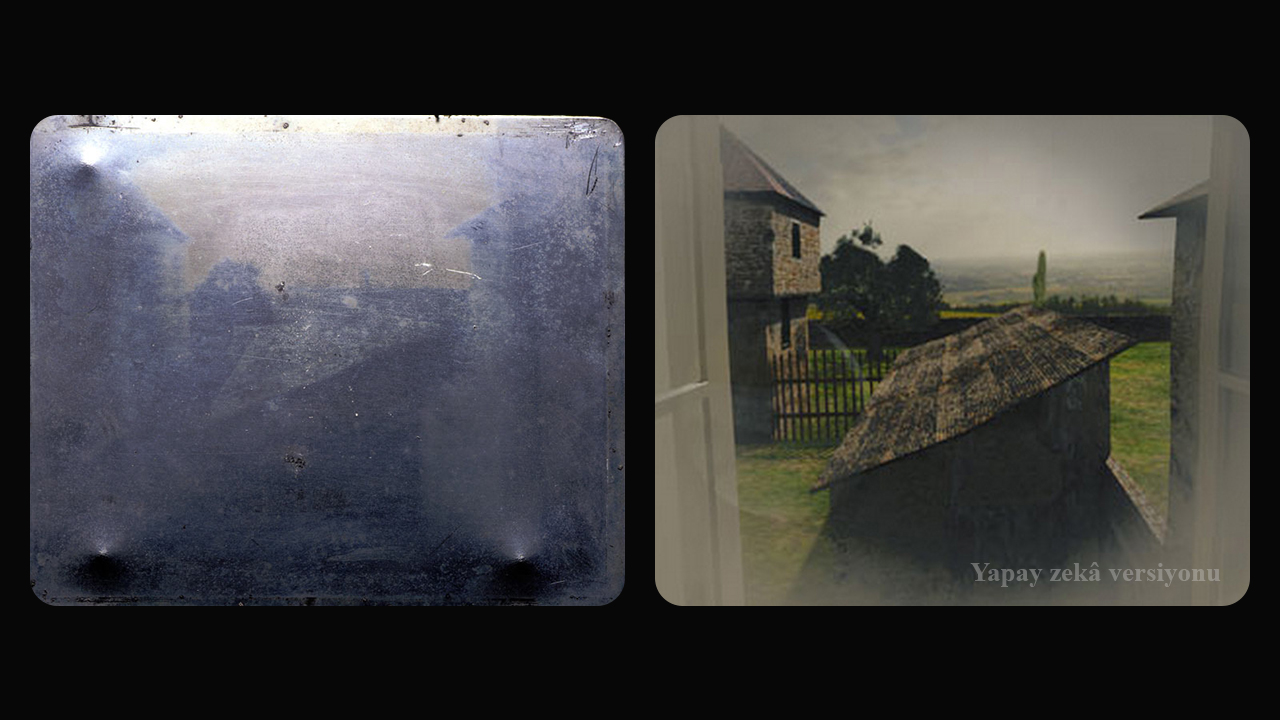
This photograph called “Looking at Le Gras from the Window”, taken in France in 1827 by Joseph Nicéphore Niépce, oldest photo taken is in position. Niépce called this process “Heliography”, which means “drawing the sun”.
When the letters of Niépce and his brother are examined, it is seen that the first photograph is actually 1824 not 1827We understand that it was filmed in . This photo, projected onto a stone surface, was later deleted. After 3 years, he achieved a permanent photograph by reflecting the view from the window of his house, this time on a lead-tin alloy plate. There are different studies and opinions about how long the photo was taken. Some sources in 8 hours Some sources say that this process several days He says it’s going on.
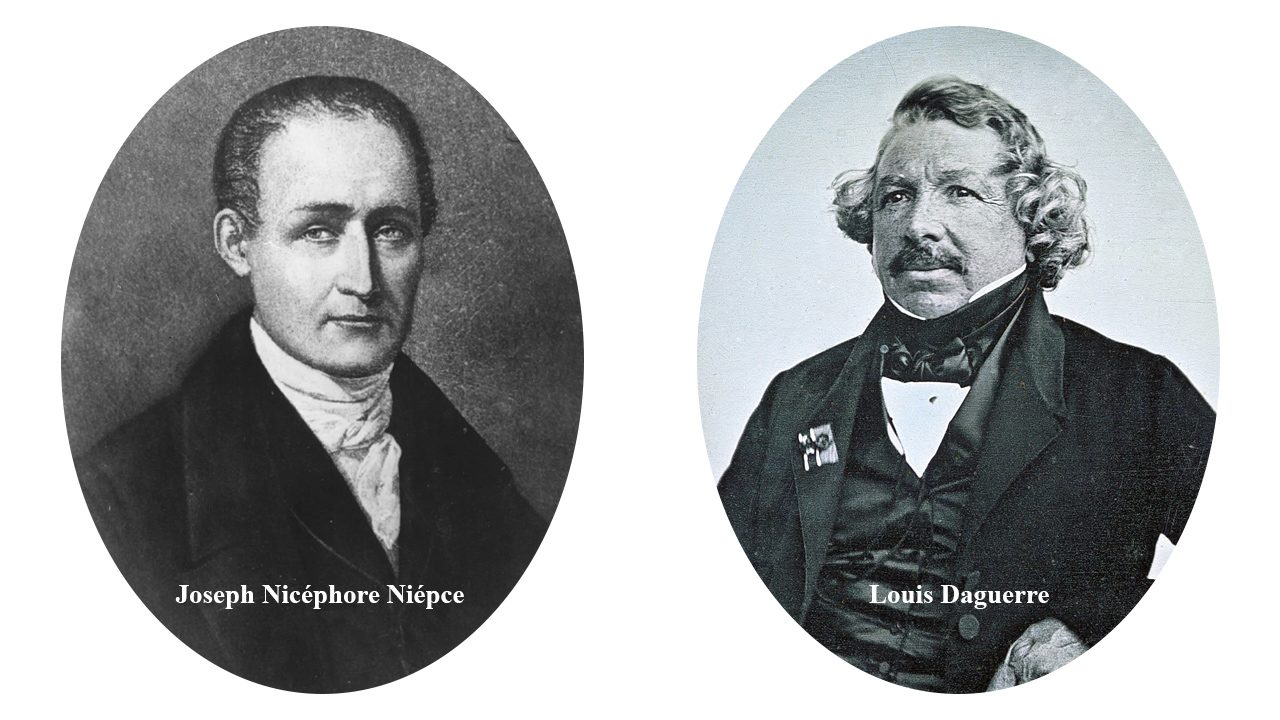
Two years after the photo was taken, Niépce met with Louis Daguerre, who was looking for a way to create a permanent photo. to collaborative work started. Together they discovered a new technique in which photos are created using photosensitive chemicals. He exposed a silver plate to iodine vapor, creating a light-sensitive surface. Then, a photograph was projected onto this surface, which had a powdery white appearance. Thanks to this process exposure time is greatly reduced And A clearer image was obtained.
The two worked together until Niépce died in 1833. After that, Louis Daguerre invented a new technique he called “daguerreotypie”. With the development of ink printing thanks to this technique, more permanent and making it possible to produce clear images.
Louis Daguerre took the “first photograph of a human being”.
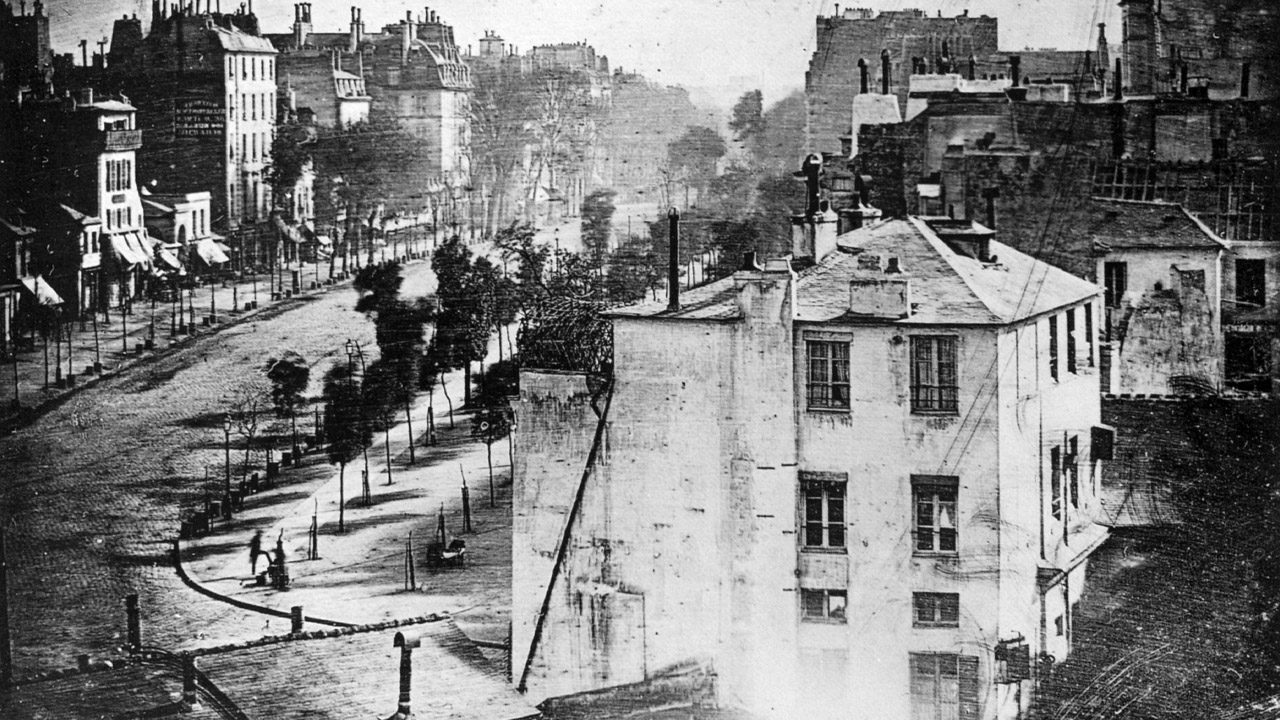
When you look at this photo, you will see two silhouettes of people on a ghostly street. Shoemaker and someone who polishes his shoes. “So where are the other people?“You may be asking. The answer is quite simple; long exposure was required to take pictures at that time. In other words, it was necessary for the camera and objects to remain still in order for the light to pass through the lens and be reflected in the dark room. Otherwise, moving objects would not appear in the photograph. didn’t seem.
William Henry Fox Talbot, who was in England at the same time, was working on the same process in his own way. Talbot’s process, using a photosensitive paper coated with silver chloride negative image was to create. The resulting image had a big and important difference from the previous processes, which is that these photos could be replicated. The negative image could be used for more than one positive print.
The first consciously photographed self-portrait.
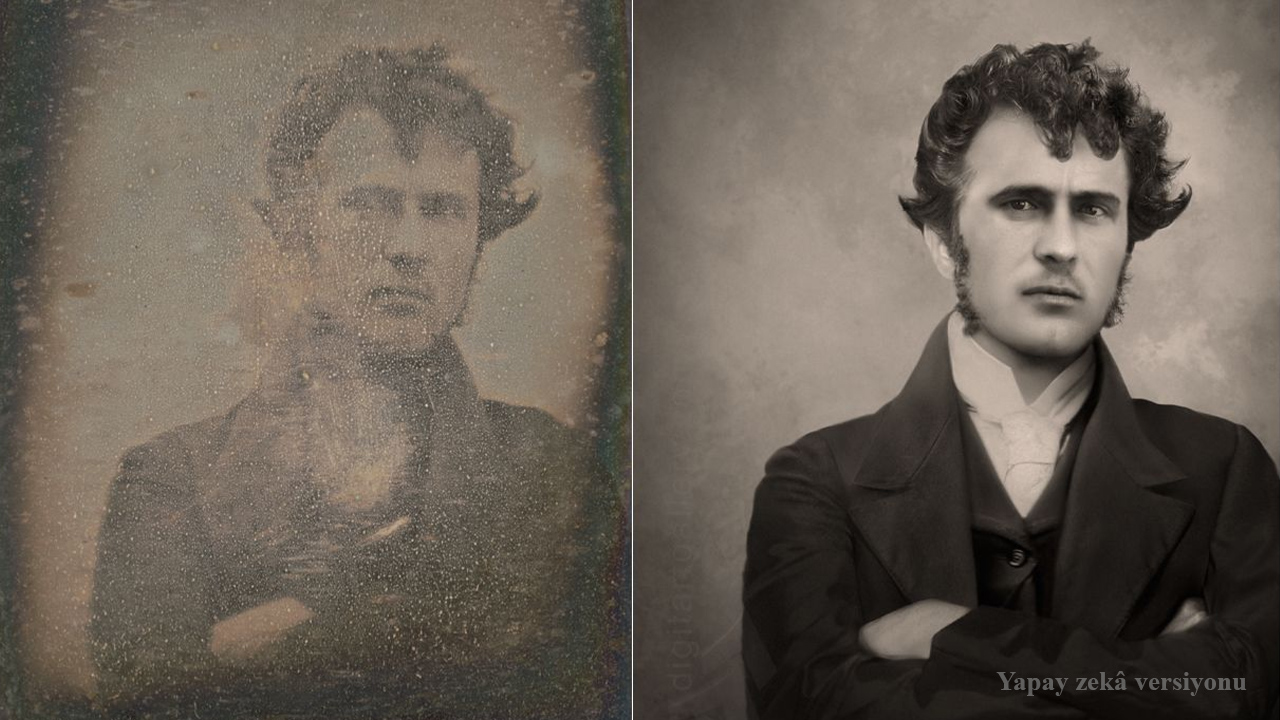
American photographer Robert Cornelius was working on the photography process just like others. In 1839, he adjusted his camera and faced it. Staring at the lens for 10-15 minutes, Cornelius, who photographed himself in history, (selfie) was the first person. It was also the first manned photograph to be deliberately taken in America.
The great invention that paved the way for cinema.
Eadweard Muybridge made his name in the history of photography towards the end of the 19th century. in gold letters He is a British photographer.
Hired by a racehorse-owning businessman from California, Muybridge’s job was to find out if the horses had all their feet off the ground while running. In order to fulfill this task, he placed a camera at regular intervals along the entire path of the horse, and when the horse started to run, he began to photograph one after the other. When you look at these photos in quick succession, it is possible to see that the horse looks like it is running. This too basics of cinema It was the first major step in establishing
In 1855, Scottish physicist and mathematician James Clerk Maxwell took the first color photograph in history.
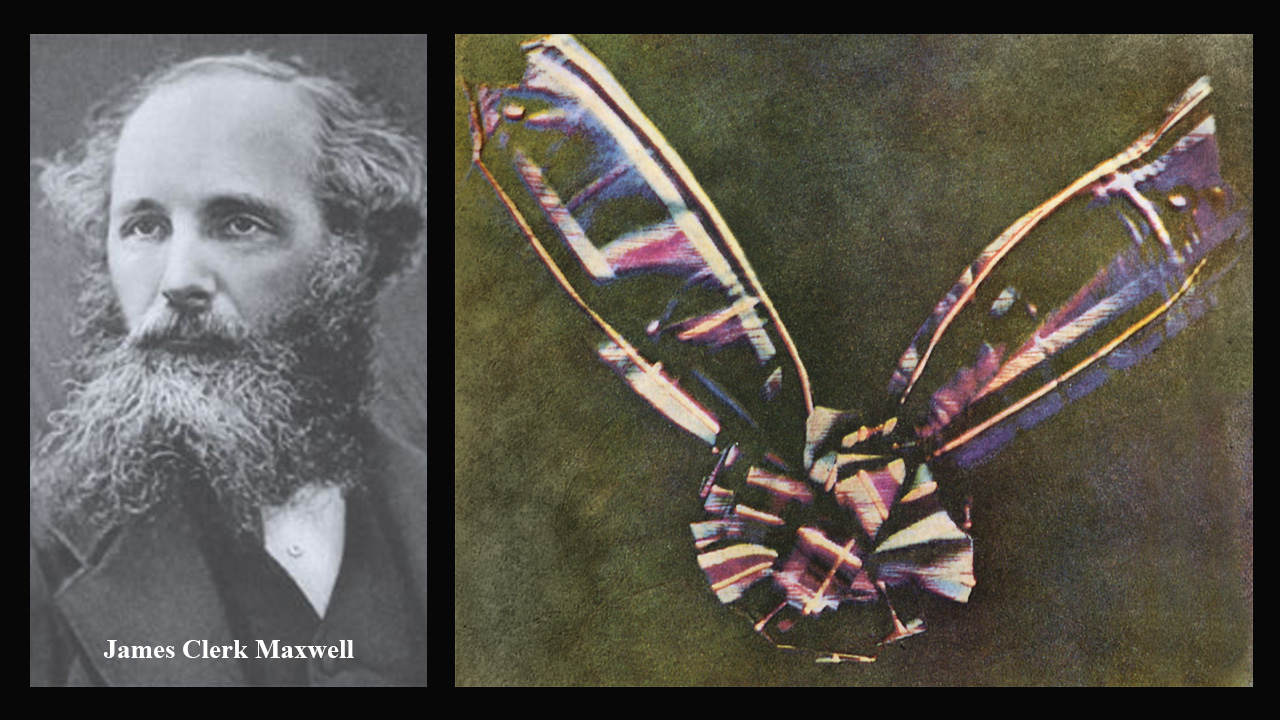
With this technique, three separate photographs with the same image; red, green and blue color components were taken separately and then these three photos were combined to form a color photograph. Maxwell photographed a colored ribbon using this method. first color photograph it has taken.
When we come to the 20th century, taking photographs has become more common and easier than in the past.
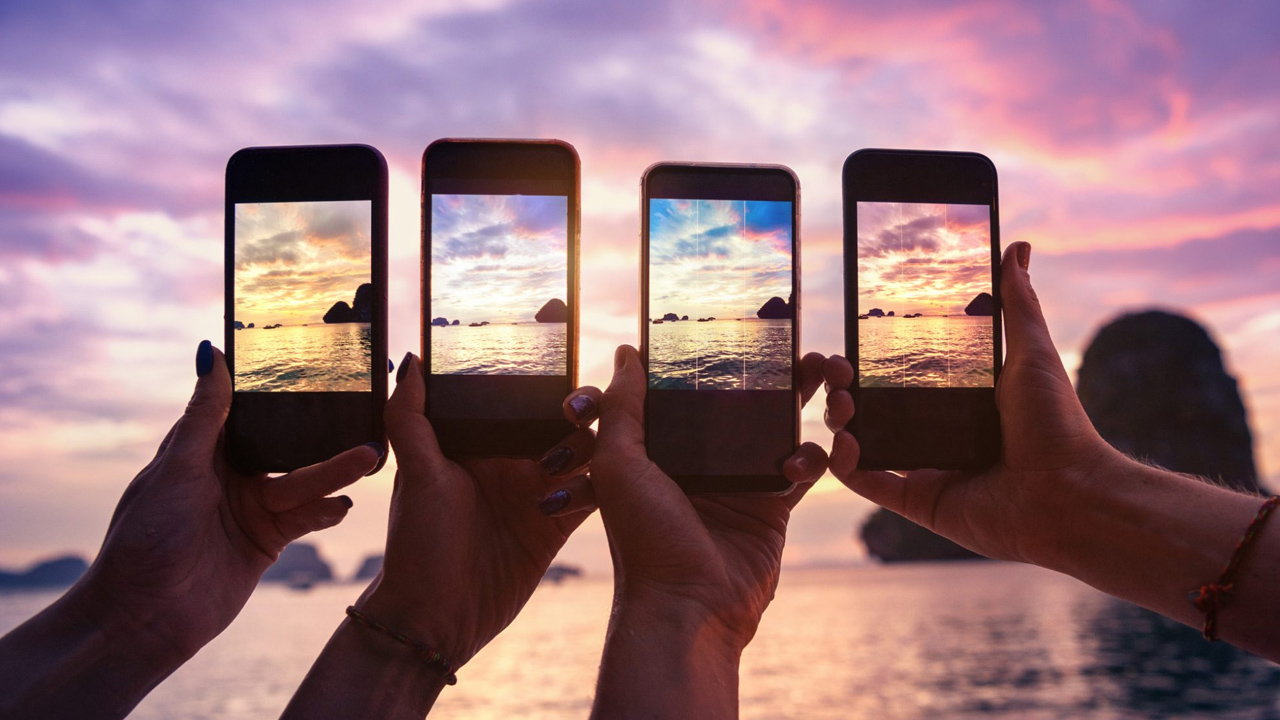
Invented in 1885 by Kodak founder George Eastman, the film roll became more accessible with Kodak Film. There was no longer a need for large parts and materials to take photographs. Kodak camera owner anyone could take pictures.
When we look at the historical process of taking photos, which has become almost as ordinary as breathing today, we look at how much photography actually took in the past. precious We understand it’s a transaction. In fact, photographing was very valuable for everyone until our recent past. 36 exposure movies how can we forget
RELATED NEWS
Why Is It So Difficult To Smile Naturally While Taking Pictures?
RELATED NEWS
This Thing You See Is The ‘First Digital Camera’ And It Has An Amazing Story: One Of The Key Actors Of Taking Pictures With Your Phone!
RELATED NEWS
6 Tips to Take Beautiful Pictures with an Analog Camera
RELATED NEWS
